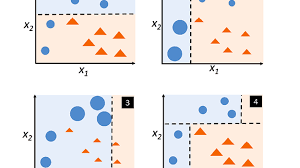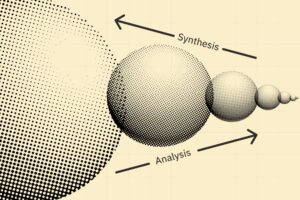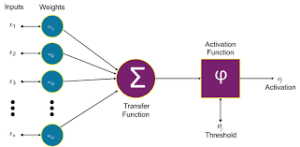A Brief History of SGD with Momentum
Stochastic Gradient Descent (SGD) was introduced in the 1950s as a foundational optimisation algorithm in machine learning. In the 1980s, momentum was incorporated into SGD to enhance its performance, improving convergence speed and making it indispensable for modern deep learning frameworks like Keras.
What Is SGD with Momentum?
Imagine rolling a boulder uphill: the boulder gathers momentum, helping it overcome small obstacles and maintain a steady path. Similarly, SGD with Momentum accumulates gradients over iterations, smoothing updates and accelerating convergence in machine learning models.

Why Is It Used? What Challenges Does It Address?
SGD with Momentum addresses several key optimisation challenges:
- Slow Convergence: Accelerates learning in flat areas of the loss function.
- Oscillations: Reduces zigzagging in steep valleys, stabilising the training process.
- Local Minima: Helps bypass shallow minima, leading to better model performance.
How Is It Used?
SGD with Momentum is implemented during the training phase of machine learning models. For example, in Keras, it involves the following steps:
- Define the Optimiser: Specify the SGD optimiser with a momentum parameter.
- Compile the Model: Configure the model with the chosen optimiser, loss function, and evaluation metrics.
- Train the Model: Execute the training process, leveraging momentum to improve convergence.
Different Types of Momentum-Based Optimisation
Momentum-based optimisation comes in two key variations:
- Standard Momentum: Utilises past gradients to accelerate learning.
- Nesterov Momentum: Incorporates predictive adjustments for enhanced precision and stability.
Key Features of SGD with Momentum
SGD with Momentum is valued for its unique features:
- Faster Convergence: Accelerates learning by carrying momentum from past updates.
- Stable Optimisation: Smoothens the optimisation path in uneven loss landscapes.
- Improved Accuracy: Anticipates gradient updates with Nesterov Momentum for better results.
Popular Tools for SGD with Momentum
Several machine learning frameworks offer built-in support for momentum-based optimisation:
- TensorFlow/Keras: Includes the SGD optimiser with configurable momentum options.
- PyTorch: Provides momentum functionality through its
torch.optim.SGDmodule. - Scikit-learn: Features simple gradient descent implementations with momentum.
Applications of SGD with Momentum in Australian Governmental Agencies
SGD with Momentum is widely used across various Australian industries to improve model efficiency:
Healthcare AI (AIHW):
- Application: Accelerates disease prediction systems, enhancing diagnostic accuracy.
Public Transport Planning (Transport for NSW):
- Application: Refines traffic prediction systems to optimise schedules and routes.
Climate Modelling (CSIRO):
- Application: Improves climate prediction systems for better resource allocation and environmental planning.
Conclusion
SGD with Momentum is a transformative optimisation technique that enhances convergence speed, stabilises training, and overcomes local minima. Its applications in healthcare, transport, and climate modelling demonstrate its versatility and effectiveness in solving complex machine learning challenges. With tools like TensorFlow, PyTorch, and Scikit-learn, implementing SGD with Momentum has never been more accessible.
How interested are you in uncovering even more about this topic? Our next article dives deeper into [insert next topic], unravelling insights you won’t want to miss. Stay curious and take the next step with us!








